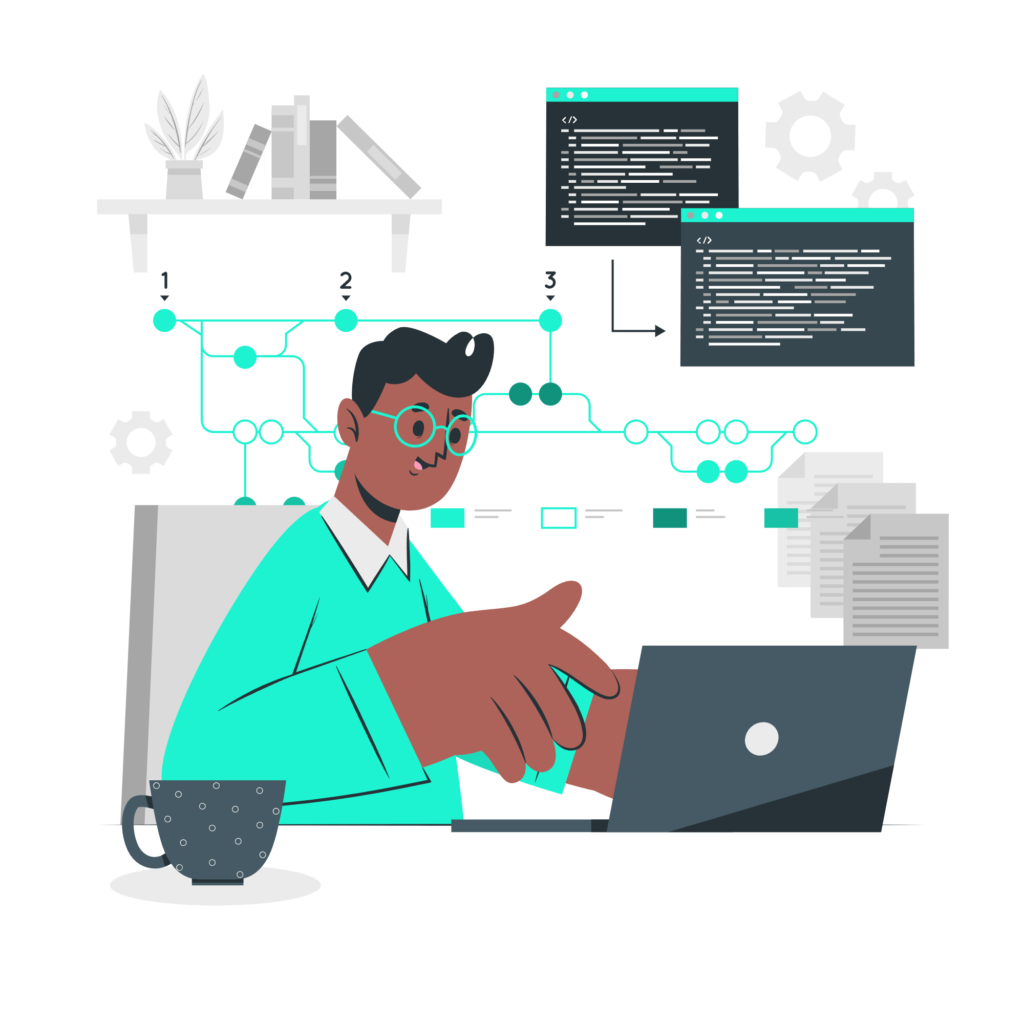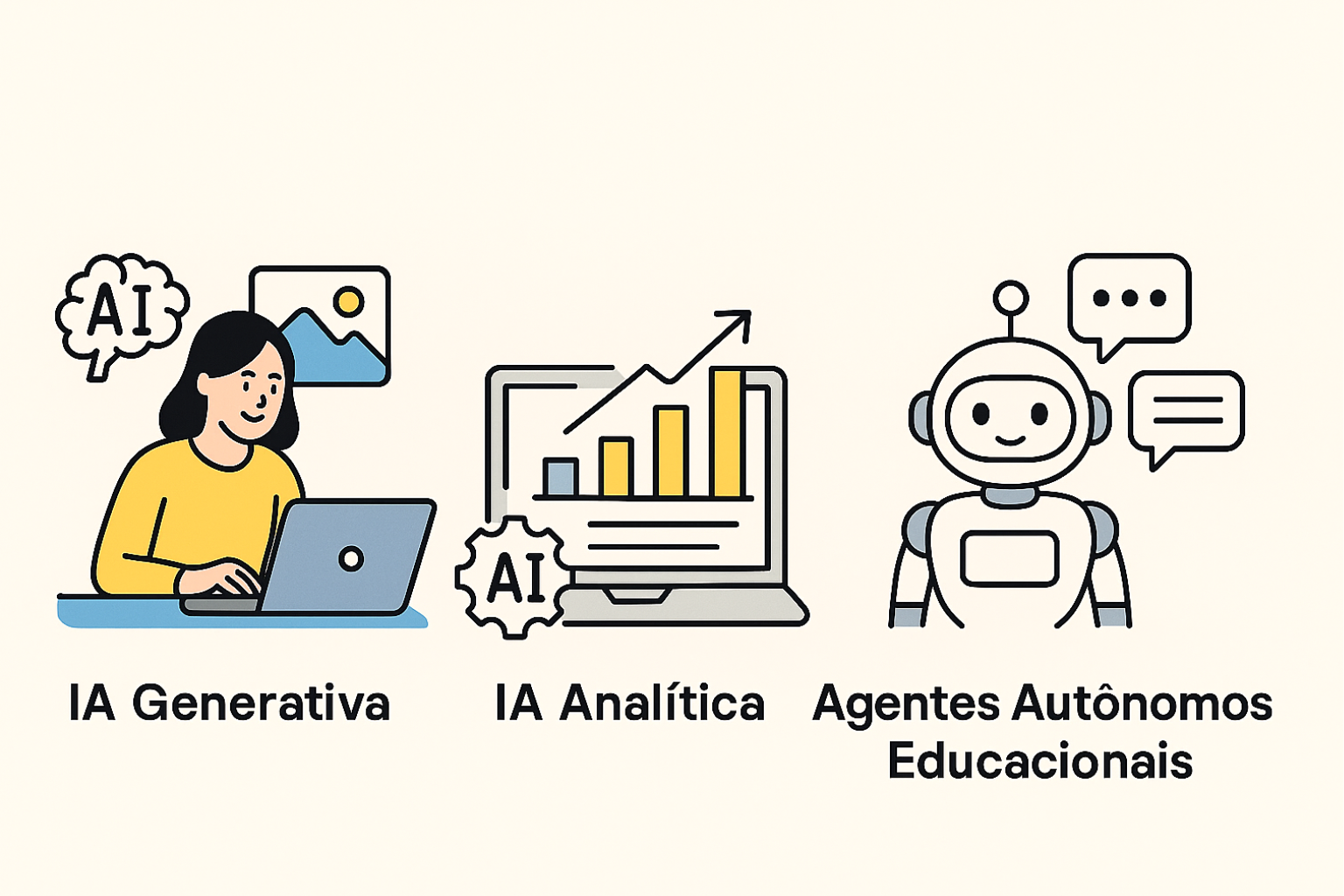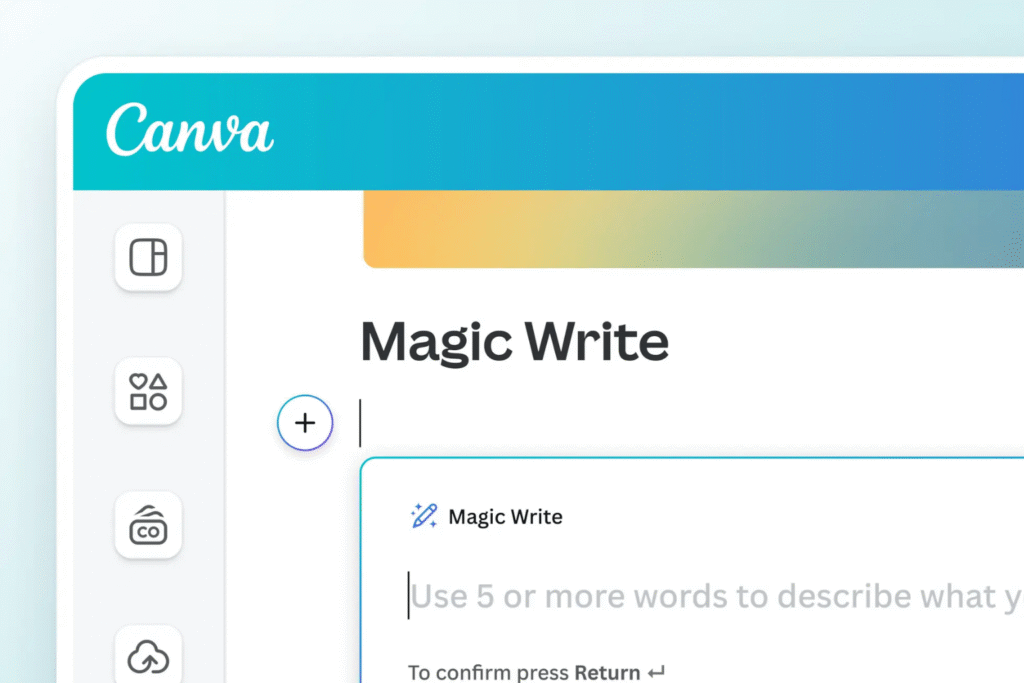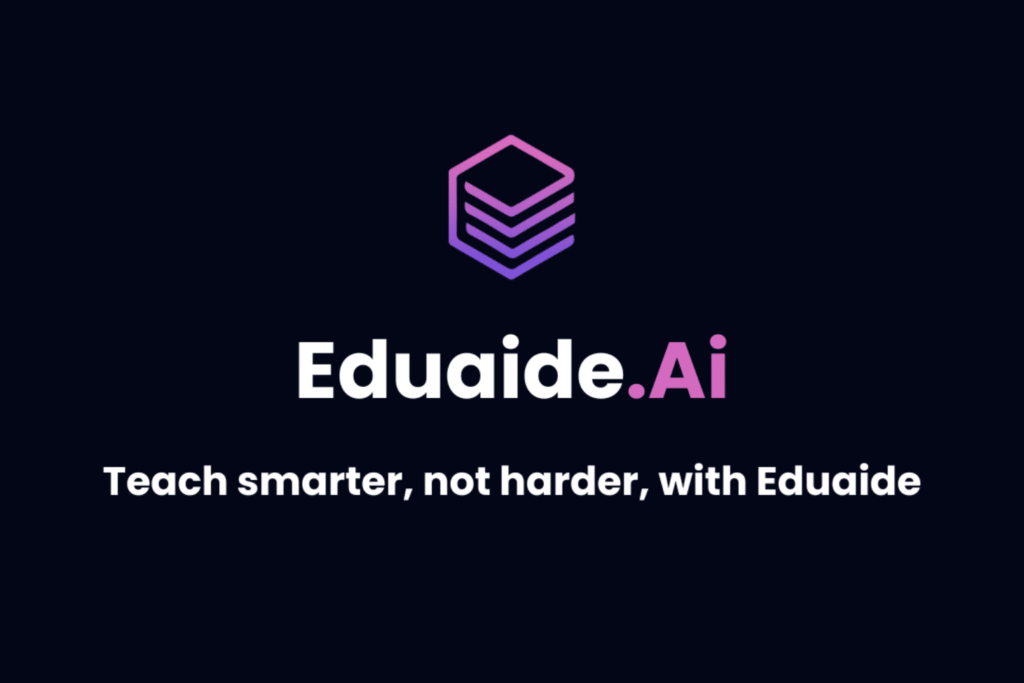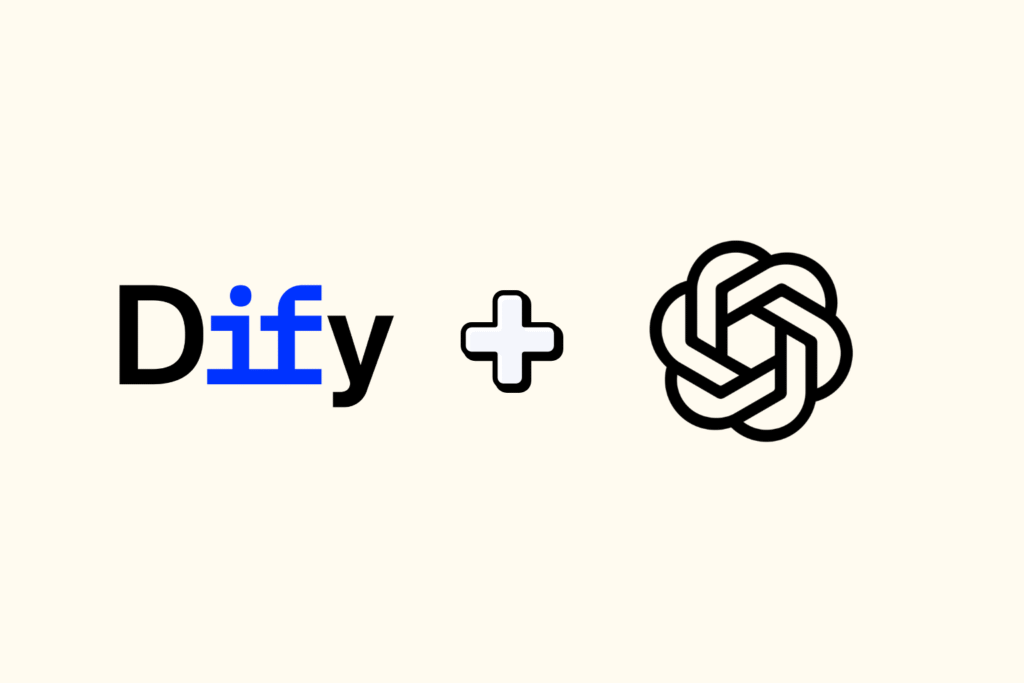Estimated reading time: 11 minutes
Nowadays, programming is one of the most valued skills in the job market. And this is due to a simple reason: Knowing how to program allows you to create countless technological solutions. Applications, websites, games and systems are just some of the possibilities.
But after all, how to be a programmer Of success? Is there an easier way to do well in this profession? Will the no-code platforms can they help you on this journey?
In this content, we will show you what a programmer does and what he needs to be successful in the profession. We will also talk about how to invest in no-code programming to become a successful professional.
If you want to become a successful programmer, whether with or without code, you're in the right place.
Good reading!
Table of Contents
What is a programmer?

First of all, you need to understand What is a programmer and what does he do in practice. It all starts with a computer program and programming language.
The first refers to an application that performs a certain task on the computer, following a sequence of instructions written in a programming language. Language, on the other hand, is a system of symbols and rules that allows the programmer to communicate with the computer and define the program's behavior.
It seems complex at first glance, but it's no big deal. In a simplified way, the programmer is the professional who masters one or more programming languages. Using this knowledge and his own creativity, he can create the most varied programs, such as:
- System for controlling stock in a store;
- Application to simulate a game of chess;
- Music app for mobile devices.
How to become a programmer?
Now that you understand what a programmer is and what he does in practice, you may be wondering “How to be a programmer? What I need to do?".
If you want to become a programmer, you need to follow these steps:
Discover why you want to be a programmer
The first step is to figure out why you want to be a programmer. Answer these questions honestly:
- What is your motivation?
- What attracts you to the technology area?
- What are your professional goals?
- What are your personal interests?
Being clear about your purpose will help you to choose the best path to becoming a programmer, in addition to keeping you motivated and focused on your studies and projects.
Choose a programming language to learn first
Once you understand your motivations, it's time to choose a programming language to learn first. There's no point in wanting to learn everything at once.
There are hundreds of programming languages, each with its own characteristics, advantages and disadvantages. Some are easier to learn or more popular, while others are better suited for certain types of applications.
To choose a programming language to learn first, you can take into account some criteria, such as:
- Relevance of the language for your professional objective;
- Ease of learning the language;
- Availability of language learning resources.
Don't worry about choosing the perfect or definitive language. The important thing is to start learning and then go deeper and diversify. You can learn more than one language throughout your career, depending on your needs and interests.
Take online courses
Many people don't know where to look for good courses that suit their budget and routine. Our golden tip is: Don't get stuck in face-to-face teaching methods!
There are several online courses, free or paid, that teach you from the basics to the advanced of a programming language. It is a flexible way of learning, in which you can study at your own pace, at the time and place you prefer, and count on the support of instructors and colleagues.
Here in No-Code Start-Up, you can find online programming courses without code. It is worth checking!
Watch video tutorials
If you don't yet have the financial means to purchase a complete course, know that there are many excellent and free tutorials available. Can you find free tutorials at different levels of depth on platforms such as:
- YouTube;
- TikTok;
- Websites specializing in programming.
Read books and e-books
Another way to learn a programming language is by reading books and e-books. There are several materials that teach you concepts, rules and applications of a programming language, with theory, examples and exercises. You can find books and e-books on sites like:
- Amazon;
- O'Reilly;
- Packt.
Use tools that make programming easier
In the learning process, you may come across some doubts. But there are some programming tools that can help you avoid confusion. There are many tools, such as:
- Soft;
- AppGyver;
- FlutterFlow;
- Webflow;
- Bubble;
- Airtable.
See how other people program
Learning from more experienced people is always a great idea. Eventually, you will find yourself stuck, without creativity to solve problems. But don't despair!
Look for other people who may be experiencing the same problem. Two minds together always work better, right? Furthermore, you can make new friends and contacts, expanding your network.
Searching for discussion forums about programming and technology is an excellent way to learn from the experience of other programmers.
Tips for being a successful programmer
Perhaps you who are reading this text are already a programmer, but are having difficulty finding success in the area. In that case, we need to tell you something:
Being a successful programmer doesn't just mean knowing how to program. It is essential to have other skills, attitudes and behaviors that differentiate you from others.
We've put together some tips that can help you be more successful as a programmer. Let's go?
Choose a language and be very good at it
As we have seen, there are several programming languages, each with its own particularities and applications. It's great to have a general idea of the most used ones, but that won't be enough.
To stand out as a programmer, you need to master a language, even if it is codeless.. It's not enough to know the basics or intermediate of the language, you need to know the advanced, the expert, the ninja!
Understand the fundamentals of programming
Do you know the fundamentals of programming? They include:
- Programming logic;
- Data structures;
- Programming paradigms;
- Design standards.
There are still other fundamentals, but you need to master some of these. This is because understanding the fundamentals of programming is essential. They allow you to understand how programming works, how to apply the concepts in different languages and situations and how to develop clean, efficient and robust code.
Develop customized projects
Another way to stand out is to develop personalized projects. I.e, projects you create on your own that reflect your interests, ideas and passions.
Developing custom projects is one of the best ways to learn and improve a programming language. Putting everything you've learned into practice, even if it's on a personal project, can give you a unique opportunity to face challenges, overcome difficulties and find solutions.
Network

Networking means creating and maintaining a network of professional contacts who can help, support, guide and recommend you in your programming career.
This practice can be done through participation in lectures, events, communities and collaborations. It's a strategic and beneficial way to connect with people who can teach, inspire and propel you in your career.
Build a rich portfolio
This tip is perhaps one of the most important. Building a portfolio without ever landing a big project may seem impossible, but it's not. Your portfolio should contain all the projects you created or participated in, which demonstrate your skills, competencies and experiences as a programmer.
And if you haven't had any formal experience yet, create your own. Remember the tip about personalized projects? All of them can serve as a portfolio to make you stand out. Use and abuse your creativity!
How to be a successful no-code developer?
So far, we've talked about how to become and be a successful programmer, using traditional programming languages, which require you to write code to create programs.
But did you know that there is an alternative way of programming that doesn't require you to write code? Yes, it exists and it is called no-code programming.
Codeless programming is a trend that is gaining more and more space and popularity in the world of technology, as it democratizes access to programming. With it, anyone, with or without technical knowledge, can create applications and robust systems.
But how to be a successful no-code programming developer? Next, we'll give you some tips:
Learn the fundamentals of codeless programming
We previously commented on the importance of knowing the general principles of programming and, in the context of the no-code universe, this is no different. It is important that you understand about:
- workflows;
- automation processes;
- conditional logic, etc.
Furthermore, we suggest searching low code tools and in the code that can be used in the programming process.
Follow news
The world of technology is a constantly evolving landscape. Therefore, it is important to always be attentive and follow the news.
New tools, platforms and techniques are being developed regularly to make the process of creating applications and systems even easier without the need to write code.
One of the most strategic ways to keep up with news is to follow people, companies, organizations and influencers who are references in the area. Try to keep them close. It’s even possible to network along the way..
Take courses
This is the golden tip! You probably already know the importance of taking courses and investing in specialized knowledge. But did you know that here at No-Code Start-Up we offer free courses?
Take a Bubble course for free to begin your journey as a successful no-code programmer.
Or, if you prefer, take a FlutterFlow course completely free and learn how to develop amazing websites in no time.
Join no-code communities
Communities always help us stay connected, exchange experiences and even find job opportunities. Finding your community of no-code programmers is easy. You can participate in forums, subscribe to newsletters and even groups on WhatsApp or Telegram.
The important thing is to connect with other people who can inspire you and boost your career. We even have three incredible communities that you can join:
Get to know our communities and join our no-code revolution right now!
No-Code Start-Up can help you!
If you don't know us yet, nice to meet you, we are No-Code Start-Up!
Our mission is to help democratize the programming profession.
No-code is the future and the time is now. Come with us to surf this wave!
